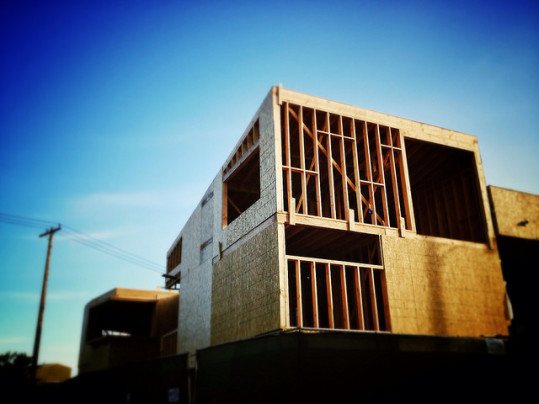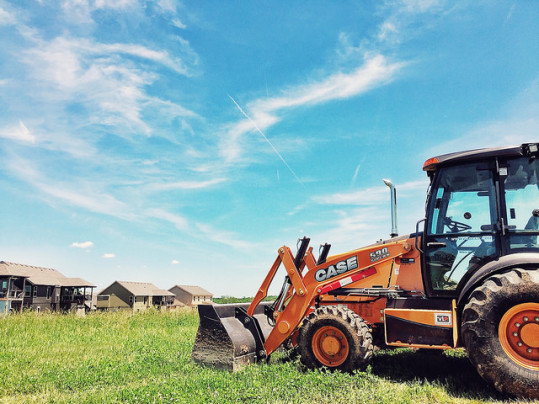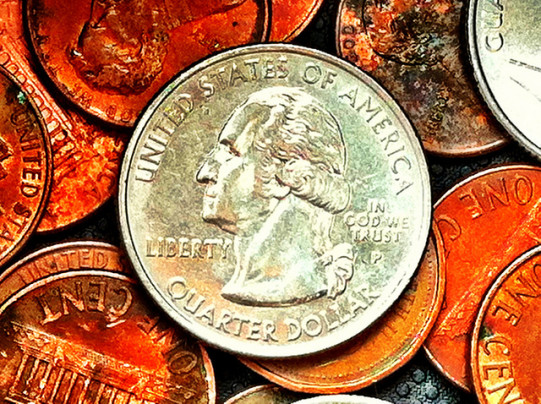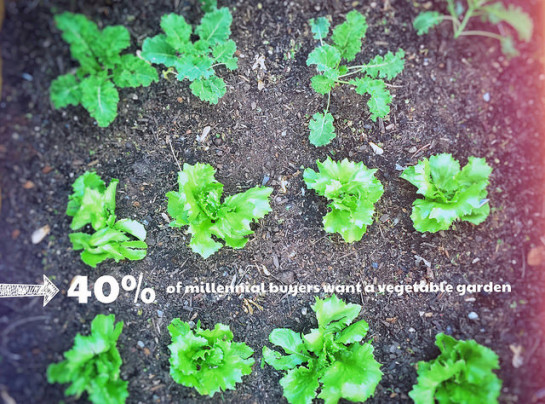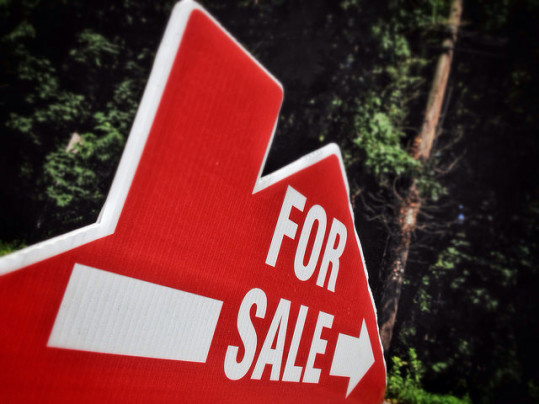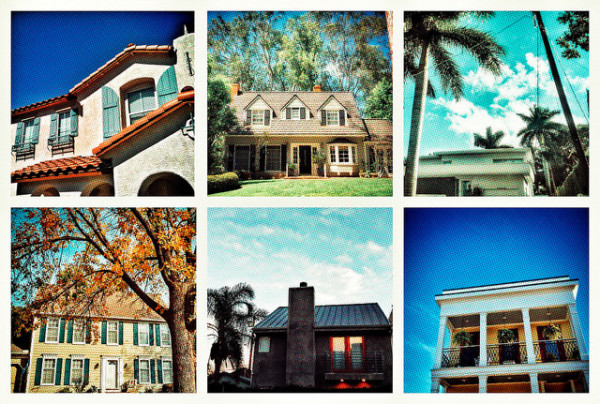New numbers released by the U.S. Census Bureau and the Department of Housing and Urban Development show the number of authorized permits to build single-family homes rose 3.7 percent in August. That encouraging news was the bright spot in an otherwise lackluster August residential construction report. However, because permits are generally a good indicator of future activity, the rise in single-family authorizations could be a good sign for future new home construction. And, because new home construction helps balance the market, that could be good news for home buyers in the months ahead. Still, August’s numbers were lower than expected. In fact, overall housing starts – which refer to the number of homes that broke ground – fell 5.8 percent, largely due to a significant drop in construction in the South. The Northeast, West, and Midwest, on the other hand, all saw gains. New home construction is particularly important right now because many markets are suffering from a lower-than-usual number of homes for sale. Without a significant boost, low inventory will continue to push prices higher while limiting the number of homes prospective buyers have to choose from. Fortunately, buyer demand has remained high so far this year, mostly because low mortgage rates and rising incomes have helped offset the upward pressure on prices caused by limited inventory. More here.
Archive for September 2016
How Builder Confidence Affects Home Prices
You may not have given any thought to whether or not home builders are feeling optimistic about the market but it has something to do with you. Whether you’re a prospective home buyer or an owner looking to sell their house, the new home market plays a role. That’s because, when builders are feeling confident that there are serious buyers out there, they build more homes and that leads to home prices leveling off. In other words, when there are more homes for sale, price increases slow. So how are home builders feeling currently? Well, according to the National Association of Home Builders’ Housing Market Index – which scores builder confidence on a scale where any number above 50 indicates more builders feel good than poor – they are feeling better than they have in almost a year. In fact, September’s index reached 65, the highest since last October. Ed Brady, NAHB’s chairman says the results are a positive sign for the entire housing market. “As household incomes rise, builders in many markets across the nation are reporting they are seeing more serious buyers, a positive sign that the housing market continues to move forward,” Brady said. “The single-family market continues to make gradual gains and we expect this upward momentum will build throughout the remainder of the year and into 2017.” More here.
Price Gains Boost Homeowners’ Bottom Line
One of the traditional arguments in favor of homeownership is that it helps build wealth. That’s based on the fact that, as you pay your off your mortgage, you are gaining an ever-larger percentage of ownership. The other part of that equity equation is dependent on rising home values. When prices go up, a homeowner benefits from the ability to sell their house for more than they paid for it. Over the years, steady price increases and regular mortgage payments could help homeowners boost their bottom line. Unfortunately, when the housing market turns downward – as it did following the housing bubble – homeowners are also on the hook for any losses in value. The good news, however, is that buying a house is typically a long-term investment and things tend to bounce back. In fact, much of the housing market’s most recent losses have been reversed. New numbers from CoreLogic show the number of homeowners still suffering from negative equity is dwindling. In fact, 92.9 percent of all mortgaged properties now have positive equity. Frank Nothaft, CoreLogic’s chief economist, says price increases have played a large role in reducing the number of owners who owe more on their mortgage than their home is worth. “The CoreLogic Home Price Index for the U.S. recorded 5.2 percent growth in the year through June, an important reason the number of owners with negative equity fell by 850,000 in the second quarter from a year earlier,” Nothaft said. More here.
5 Features That Attract First-Time Buyers
There’s a growing number of young Americans who say they want to buy a house sometime in the next few years. In fact, a recent survey found large majorities of people between the ages of 18 and 34 who are planning to buy. That means, there’s going to be growing demand for midsized homes. Specifically, midsized homes with features that millennial buyers want. But what are those? Well, for one, a backyard deck. According to Trulia, 59 percent of millennial home buyers say they want one. An almost equal number of survey respondents said they’d like a balcony with a view. In other words, like most buyers, younger Americans want outdoor spaces that extend their living space and can be used for entertaining family and friends. Similarly, they also prefer an open floor plan and a gourmet kitchen. Kitchens, of course, are always important with buyers of any demographic. However, there is one feature nearly half of all surveyed millennial buyers wanted that is easy to add to your existing home without breaking the bank: A vegetable garden. A renewed interest in simple, healthy lifestyles has made vegetable gardens – or, at the very least, a good spot to start one – a must for 40 percent of younger home buyers. More here.
Home Buyers Return After Holiday Weekend
The number of home buyers requesting mortgage loan applications rose 9 percent last week, according to the Mortgage Bankers Association’s Weekly Applications Survey. The rebound, which follows the Labor Day holiday, reverses several weeks of slow demand. Lynn Fisher, MBA’s vice president of research and economics, told CNBC Americans are seeing their incomes rise and it’s helping home sales. “The purchase market remains supported by an improving U.S. labor market,” Fisher said. “Newly released data from the U.S. Census this week indicates that the median income increased by 5.2 percent last year, the highest rate of increase since 2007. Other recent but less comprehensive measures show wage growth continuing to strengthen in 2016.” Along with higher incomes, low mortgage rates are also drawing potential buyers to the market. Last week, average rates were down across most loan categories, including 30-year fixed-rate loans with both conforming and jumbo balances. Mortgages backed by the Federal Housing Administration also saw a rate decline from the week before. The MBA’s weekly survey has been conducted since 1990 and covers 75 percent of all U.S. retail residential mortgage applications. More here.
Which Home Style Sells For The Highest Price?
No matter where you live, there are likely a number of different architectural styles represented in your area. You may live in a neighborhood of bungalows down the street from a row of old Victorians. Or maybe your neighborhood was built more recently and is dominated by Colonials and Mediterranean-style homes. Everybody has their own personal preference but which style sells for the most? A recent study looked at a number of popular home styles and determined which sells for the highest price and which have increased and decreased in popularity over the past four years. The results show that Mediterranean-style homes have the highest median list price at $749,900. Known for their stucco walls and wrought-iron accents, these homes still garner the highest asking price but have fallen out of favor a bit since their heyday 15-to-20 years ago. In fact, median list price for a Mediterranean-style house has only risen 0.1 percent over the past four years. On the other hand, Modern homes are surging in popularity, with a 37.4 percent jump in median price. The median Modern house now goes for $425,850. The most affordable home style was Victorian at $285,000, while Colonials demanded close to $400,000. The median list price for all styles was $249,900, up from $200,000 in 2012. More here.
A Few Tips On Making A Successful Offer
There are many steps in the home buying process. Arguably the most important step, however, is making a successful offer. The good news, according to Freddie Mac senior vice president, Chris Bowden, is that today’s market is more traditional than it has been in recent years. In other words, there are fewer real-estate investors and cash sales, which means potential buyers should see more opportunities. Still, it’s important to know what you’re doing before making an offer on a house. Bowden offers a few tips in a recent article for Freddie Mac’s Executive Perspectives series. Among them, he names fully understanding your finances as the most critical. A buyer needs to know how much house they can afford in order to know if their budget can cover, not only their prospective mortgage payment, but any unexpected maintenance costs that come up as well. Buyers also have to act fast. Though there are fewer investors competing for homes, there are also fewer homes for sale. And since inventory is low, there’s going to be competition from other buyers. Being prepared for it can make the difference between a successful offer and a rejected one. Finally, Bowden says to rely on the expertise of the professionals you’ve hired to help guide you through the process. They should be able to help you make your strongest offer by comparing it to other recent sales in the neighborhood. More here.
